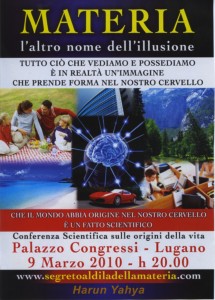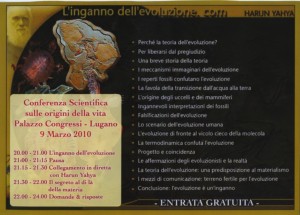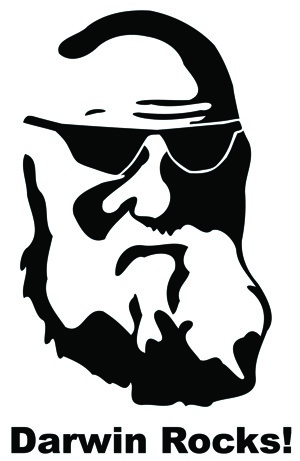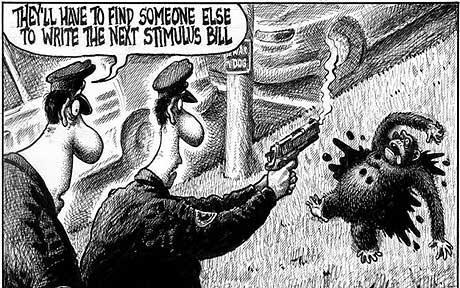William Paley, nel 1802, immagina di camminare nella brughiera:
Supponi che, nell’attraversare la brughiera, io sbatta il mio piede contro una pietra, e mi chieda come la pietra sia arrivata lì; potrei rispondere che, fino a prova contraria, essa è stata lì da sempre: né sarebbe molto facile mostrare l’assurdità di tale risposta. Ma supponi che avessi trovato sul terreno un orologio e che debba essere indagato come è accaduto che l’orologio sia in quel posto; difficilmente penserei alla risposta che ho dato prima, cioè che, per quanto ne so, l’orologio potrebbe essere stato sempre lì. Ma perché questa risposta non dovrebbe andare più bene per l’orologio, così come per la pietra?
In crossing a heath, suppose I pitched my foot against a stone, and were asked how the stone came to be there; I might possibly answer, that, for any thing I knew to the contrary, it had lain there for ever: nor would it perhaps be very easy to show the absurdity of this answer. But suppose I had found a watch upon the ground, and it should be inquired how the watch happened to be in that place; I should hardly think of the answer which I had before given, that, for any thing I knew, the watch might have always been there. Yet why should not this answer serve for the watch as well as for the stone?
William Paley, Natural Theology (trad. it. citata da Vincenzo Fano)
È il famoso argomento dell’orologio e dell’orologiaio: incontrare un sasso non pone problemi; un orologio, invece, mostra il suo essere stato creato da un orologiaio; gli esseri viventi sono ancora più complicati di un orologio, e quindi ancora di più dobbiamo pensare a un creatore. Continua a leggere “Il geologo cieco”
Mi piace:
Mi piace Caricamento...




